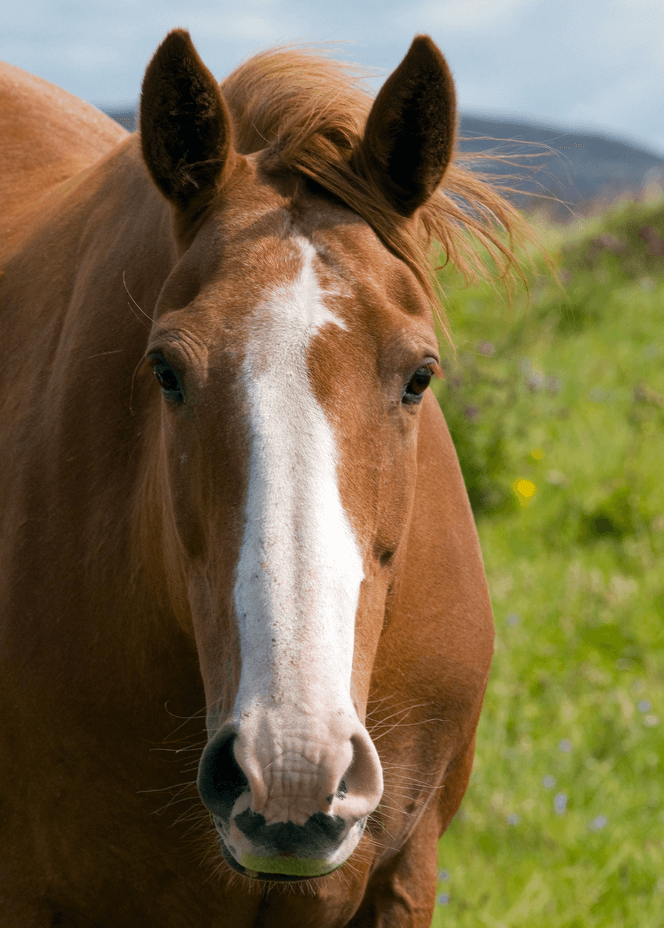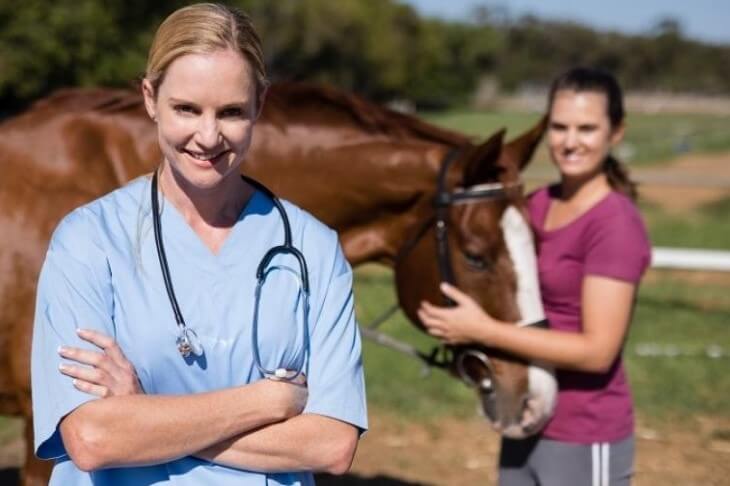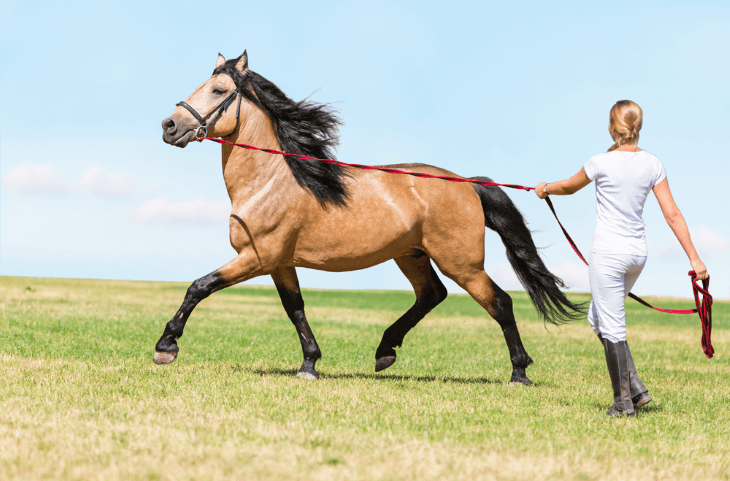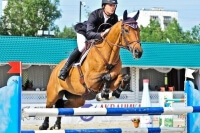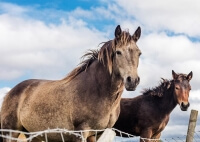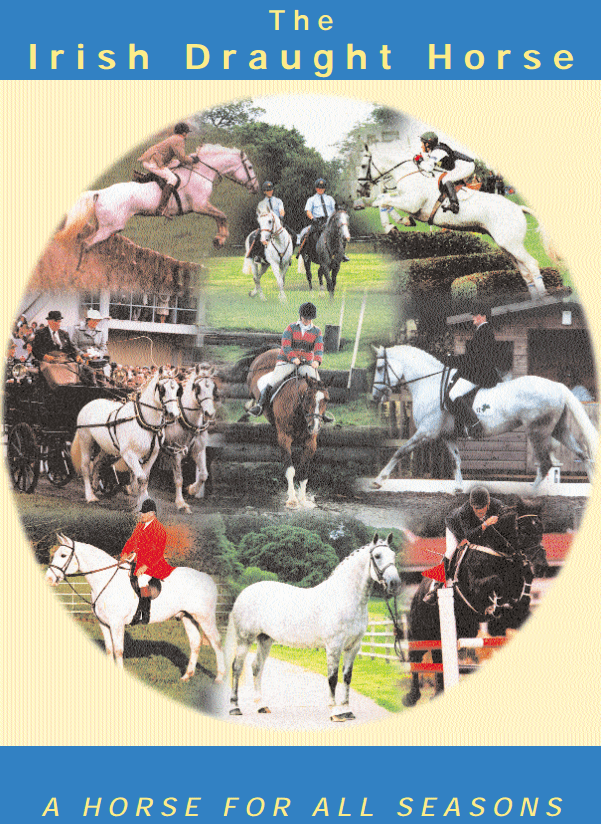The Innate Features of the Irish Draught
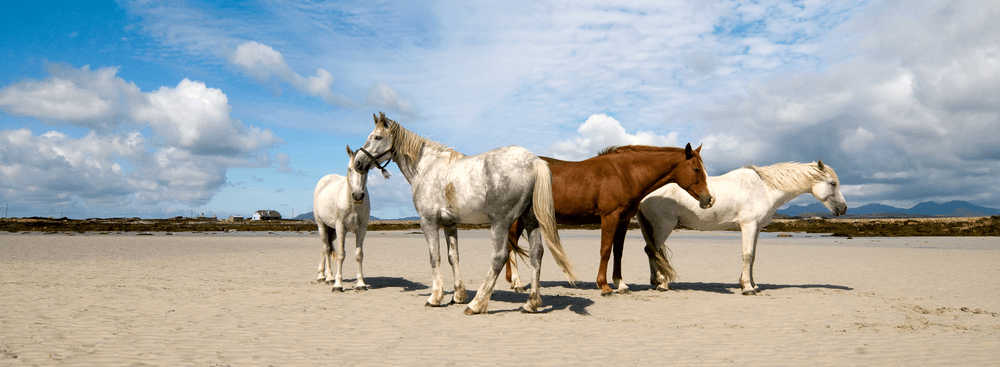
The Irish Draught horse is easily recognisable for their lean frame, muscular look, excellent bone structure, and pleasant attitude, which makes them the perfect domesticated animals for the farm, as well as the turf. These breeds are known for their temperament, learning capabilities, compliance, and the soundness to work throughout the week with little to no persuasion. These creatures also possess a unique thinking capability and an unprecedented emotional intelligence, which have resulted in a docile, kind, and intelligent nature that we have come to love from Irish horses.
The supernatural ability of the Irish Draught to jump massive heights, along with excellent stamina, are some of the important attributes that make them a permanent fixture in horse shows and equestrian events across the world. The breed’s strength and flexibility in movements were derived from centuries of careful breeding, making them preferable by sports bettors and irish betting site for horse racing competitions thus making them potential tournament winners in the eyes of the fans. These steeds are also extensively used for hunting, as police mounts, and as farm animals, but nowadays, it is mostly used in equestrian sports and similar activities.
Irish Draught Horse in Horse Racing & Horse Riding
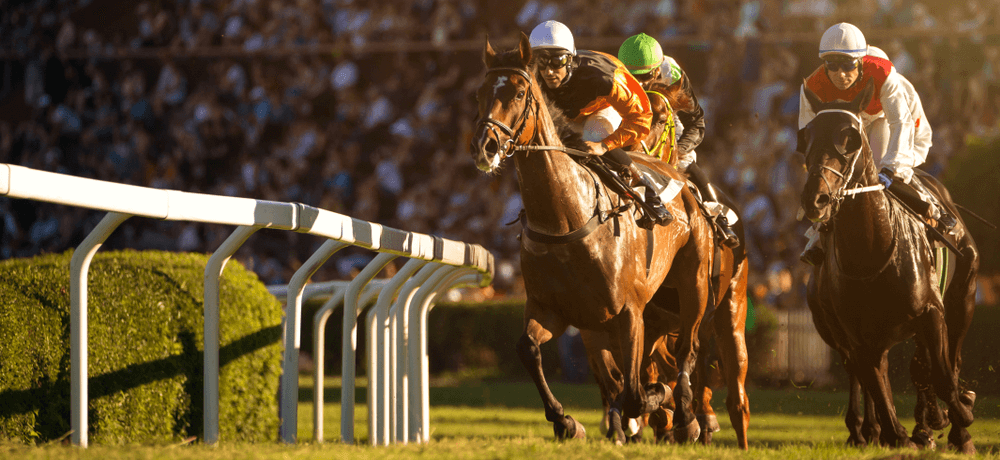
Equestrian sports such as horse racing, show jumping, and eventing, require the horse and the rider to perform together to put on a show and win the ultimate prize. The heft of the horse or its pedigree doesn’t matter, as it all comes down to the emotional status of both performers at the time where it counts the most. Therefore, horses are bred and trained through rigorous programs to develop their cognitive skills, thinking ability, and compliance, which will ultimately pay dividends in competitions and on the turf.
The Irish Draught horse is renowned for its strength, streamlined frame, and other emotional characteristics, but they are bred with other thoroughbreds and warmblood species to create what is known as the Irish Draught Sport Horse. These variants are also known as the Irish Hunter, which although considered as a different breed, come under the Irish Draught Horse category. They are known to marry some of the most excellent qualities of their parents, such as endurance, speed, athleticism, sensitivity, and honesty, which enables them to compete at the top in various equestrian events with a massive rate of success. Online bookmakers also prefer giving a low odds on Irish Draught or Irish Draught Sport horses in horse betting, primarily due to the breeds’ ability to make a difference in the final outcome.
Physical Characteristics & Breed Standards of the Irish Draught Horse
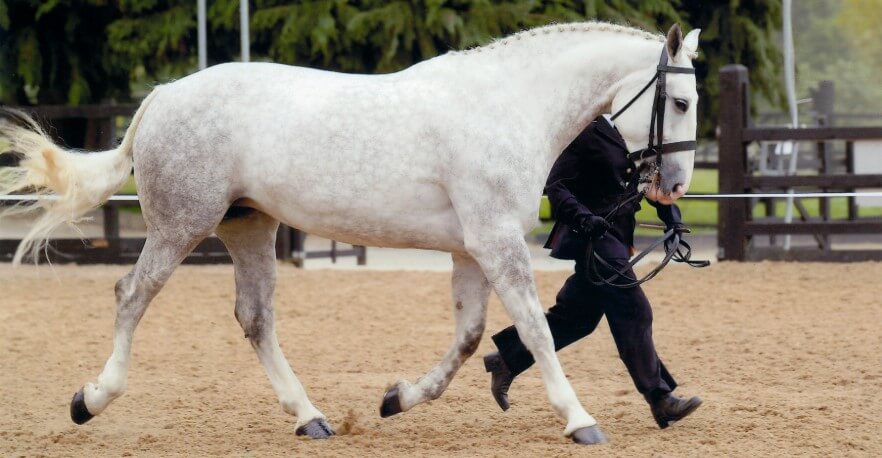
The Irish Draught breed may have different standards in different countries, but the breed standards defined by the Irish Draught Horse Breeders Association (IDHBA) is often considered to be the default benchmark for breeders worldwide. The IDHBA terms the breed as a ‘versatile, powerful and athletic animal with substance and quality.’ The Irish Draught is also included in the World Horse Walfare rescuing project. Although the definition is quite broad in its interpretation, there are some unique features of the breed that set it apart from the other species.
The Irish Draught has pretty large dimensions, with an average stallion measuring anywhere from 62 inches to 67 inches, but it is not heavy or feathery as the name suggests. The body is all muscle with a clean bone structure, along with a pretty strong hindquarter that surely helps the breed in its jumping ability. Coming to the front, the chest is not as beefy or broad as the other breeds, but it is muscular and lean, which helps in hauling itself up through the jumps or changing direction swiftly. The legs are quite long and skinny, with the bone measuring around 9.1 inches.
The head is characterised by a broad forehead, flanked by long ears and eyes that are optimally set apart for maximum visibility. One of the primary considerations for the breed is for the head to be smooth and pleasant, as horses with coarse or hatchet heads are typically avoided. The jawbone is also quite wide, which can comfortably accommodate a gullet and leave plenty of room for the horse to breathe. The Irish breeds are also known for their whole strong colours that avoid white legs above the knees, but the horses can be grey occasionally.

